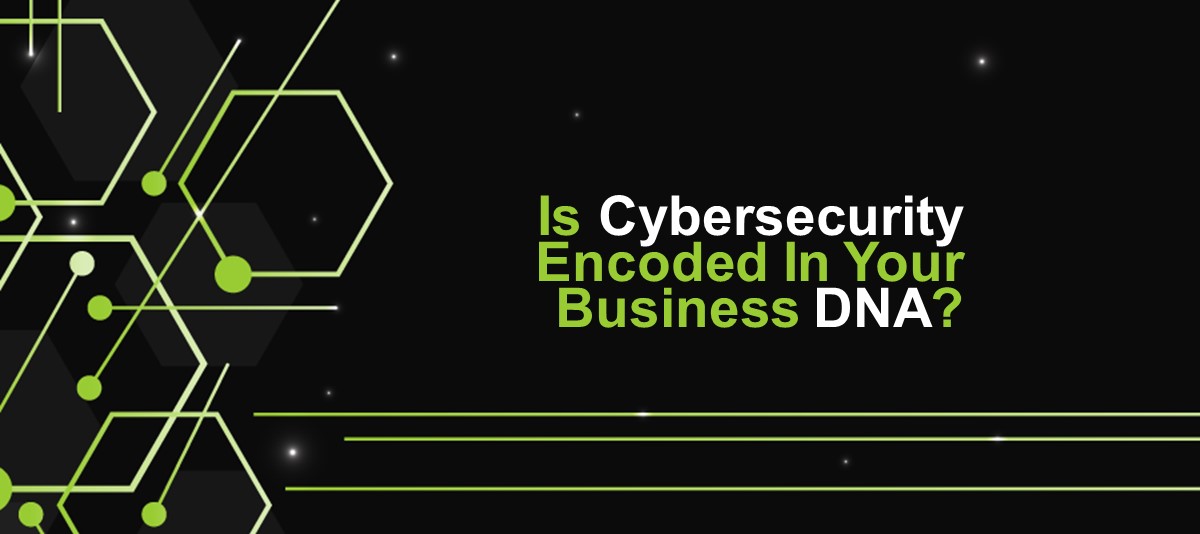Is Cybersecurity Encoded In Your Business DNA?
Post by
iVenture Solutions
October 13, 2020
October 13, 2020

Managed Network Solutions
We provide network, cloud, and server management services that harness the best tools and software. Free up your time with iVenture.


Leave time-consuming, technical work to the IT experts.
Managing IT takes a lot of time and tech knowledge to get just right. You may be experiencing problems like:
complex issues
Many businesses don’t have the bandwidth to understand, much less resolve, common yet complex network issues and incidents.
not enough time
Problems take up a lot of time for team members who should be thinking about other business tasks.
STEEP learning curve
Even when you decide to incorporate new tools and software, it can eat up lots of time that the team simply doesn’t have.
Allow iVenture’s experts to come in and manage your network. We handle all the complicated work, so you can focus more on your business.
Our Solutions
We excel in managed IT. Whatever issue you’re facing with administration and management, we can step in to ensure you’re implementing best practices.

cloud management
The future is in the cloud, and we help you excel there.

network management
Your network is likely comprised of many moving parts that keep people connected and productive. We run the behind-the-scenes, so everything stays smooth.

cloud management
Our team can also assist in managing the servers that handle your data.

